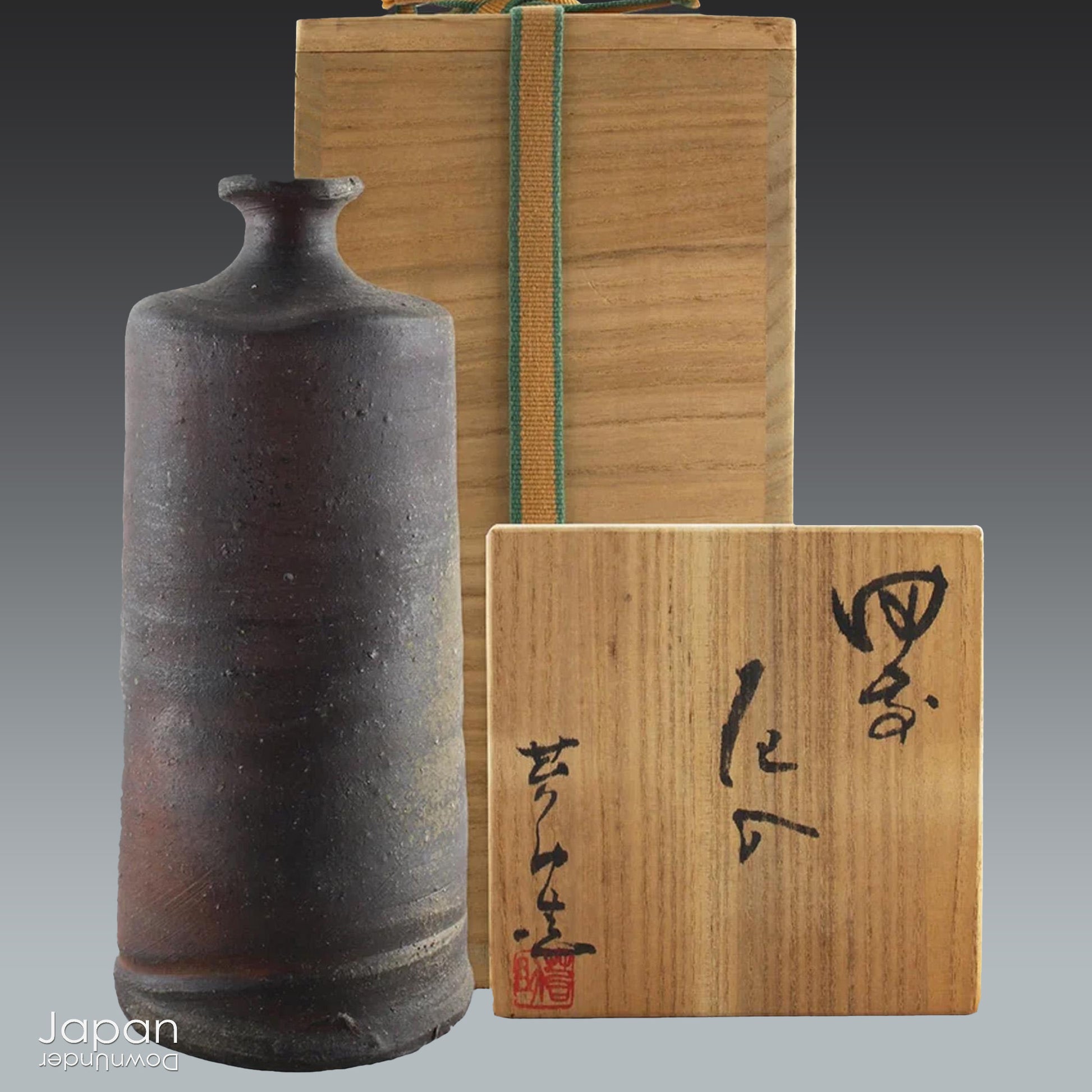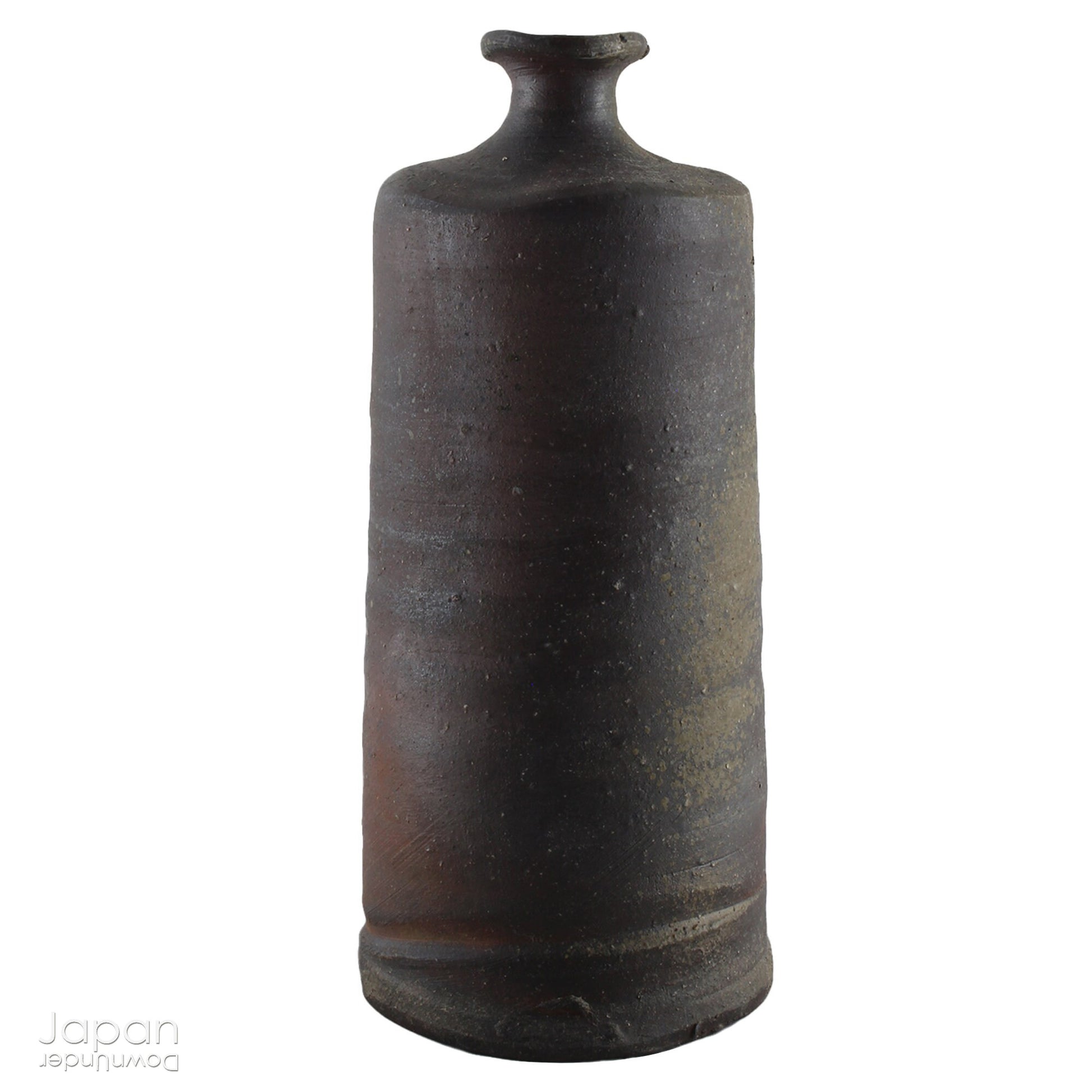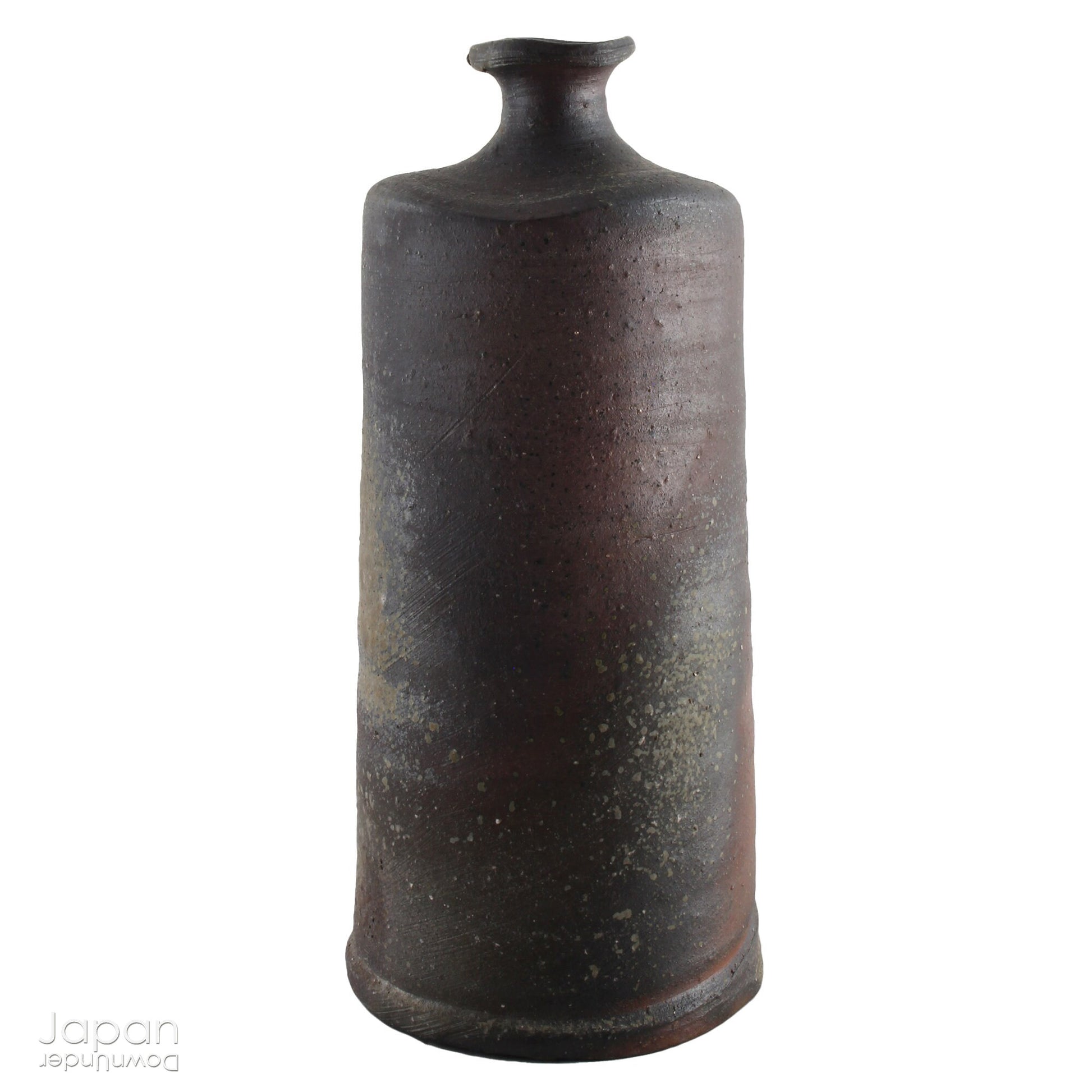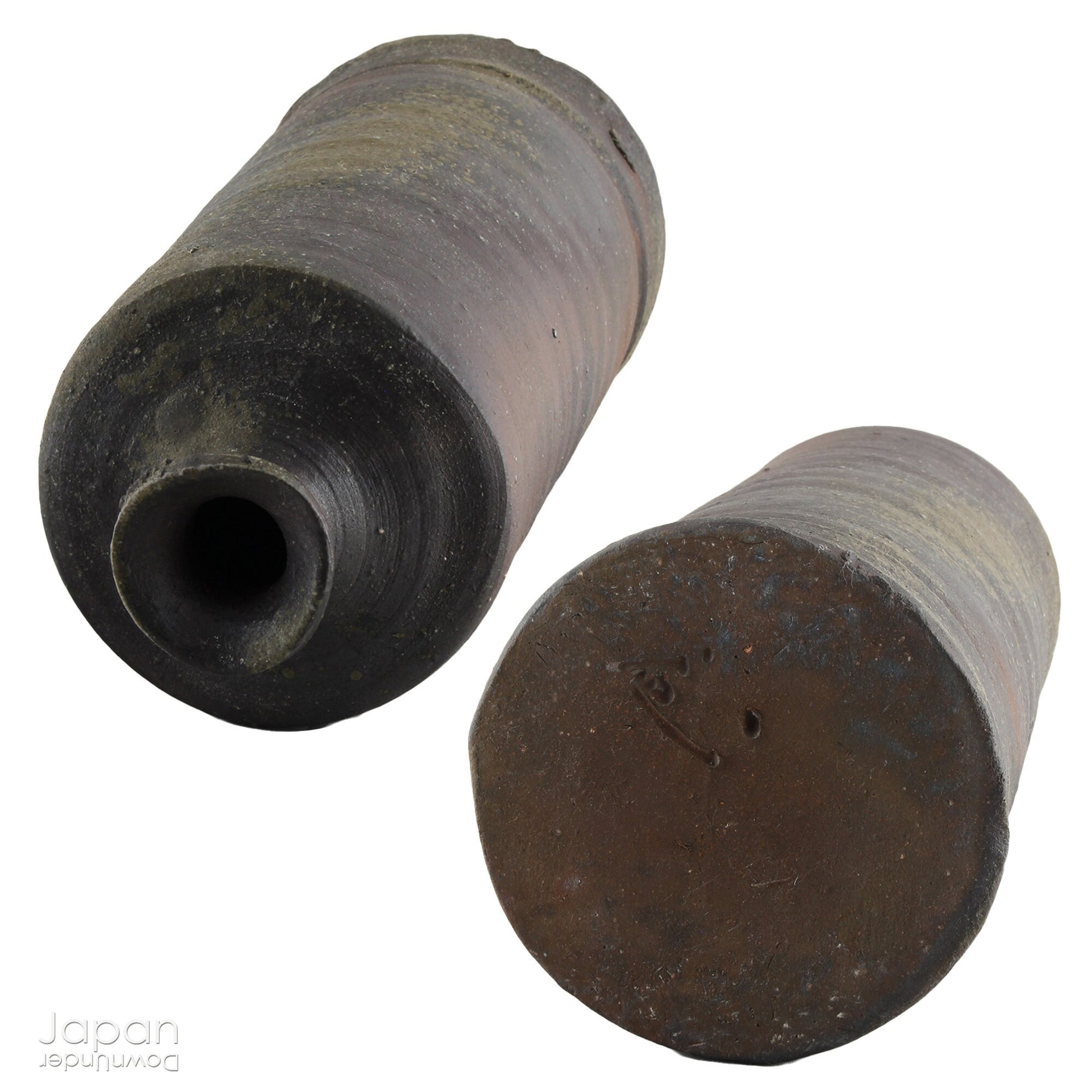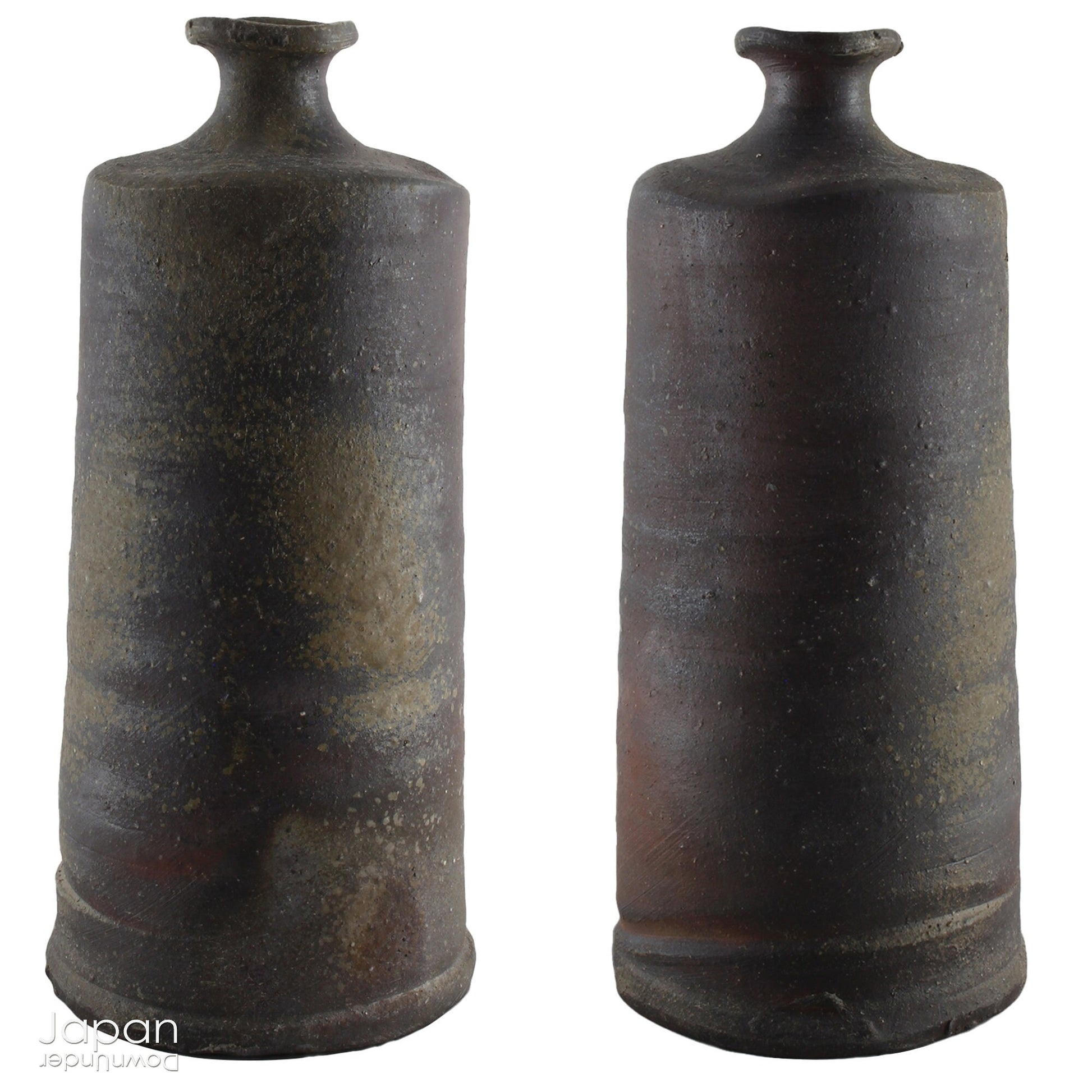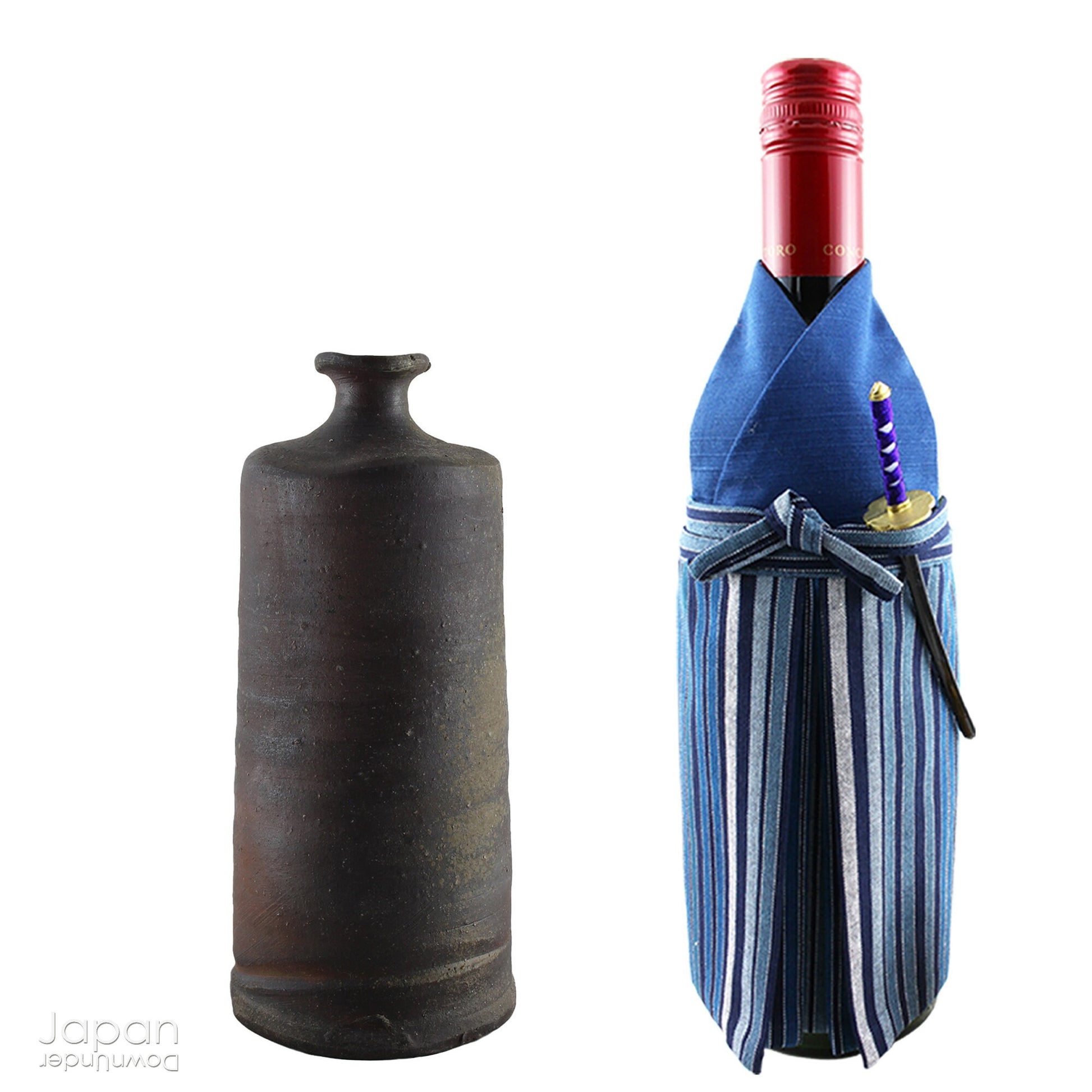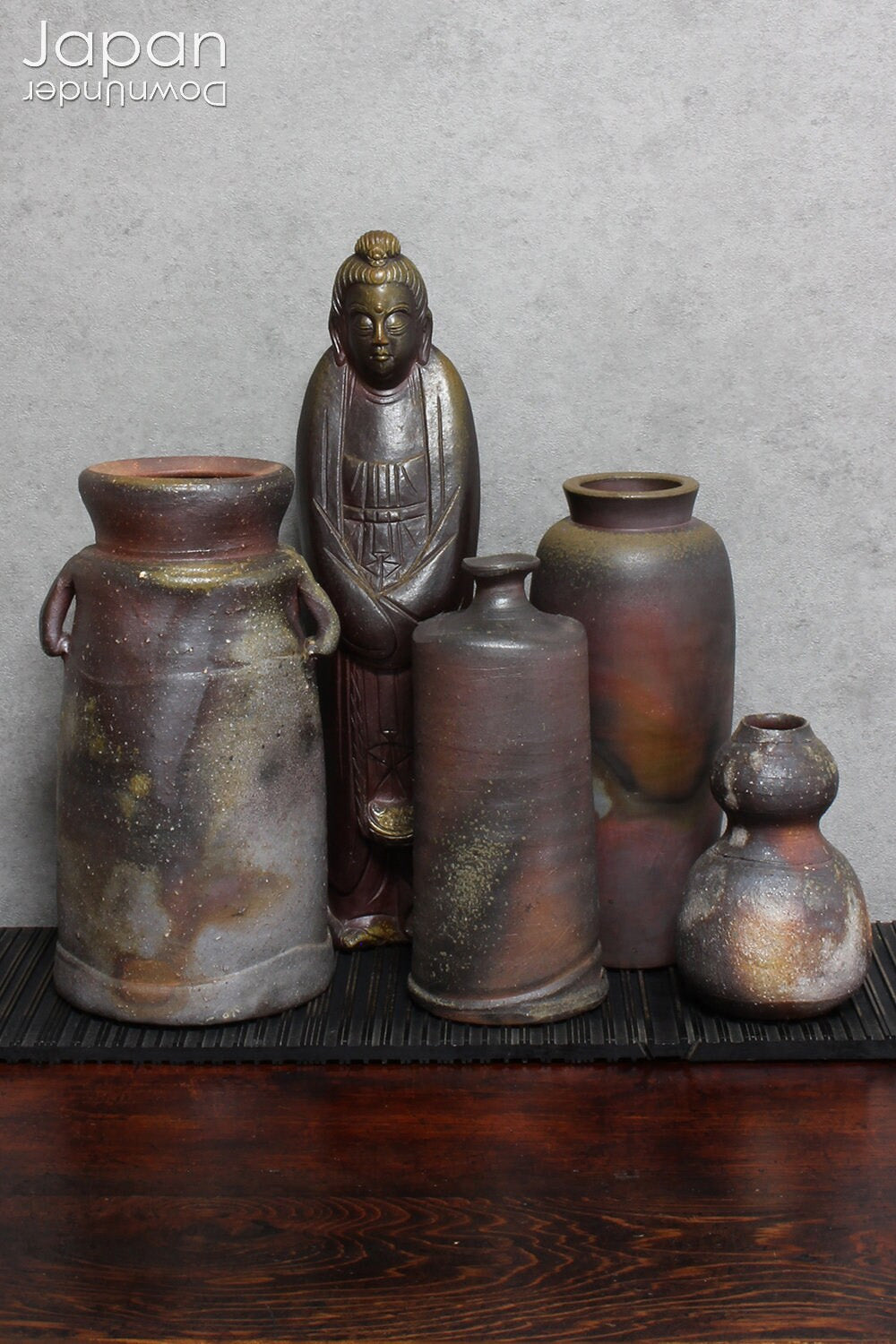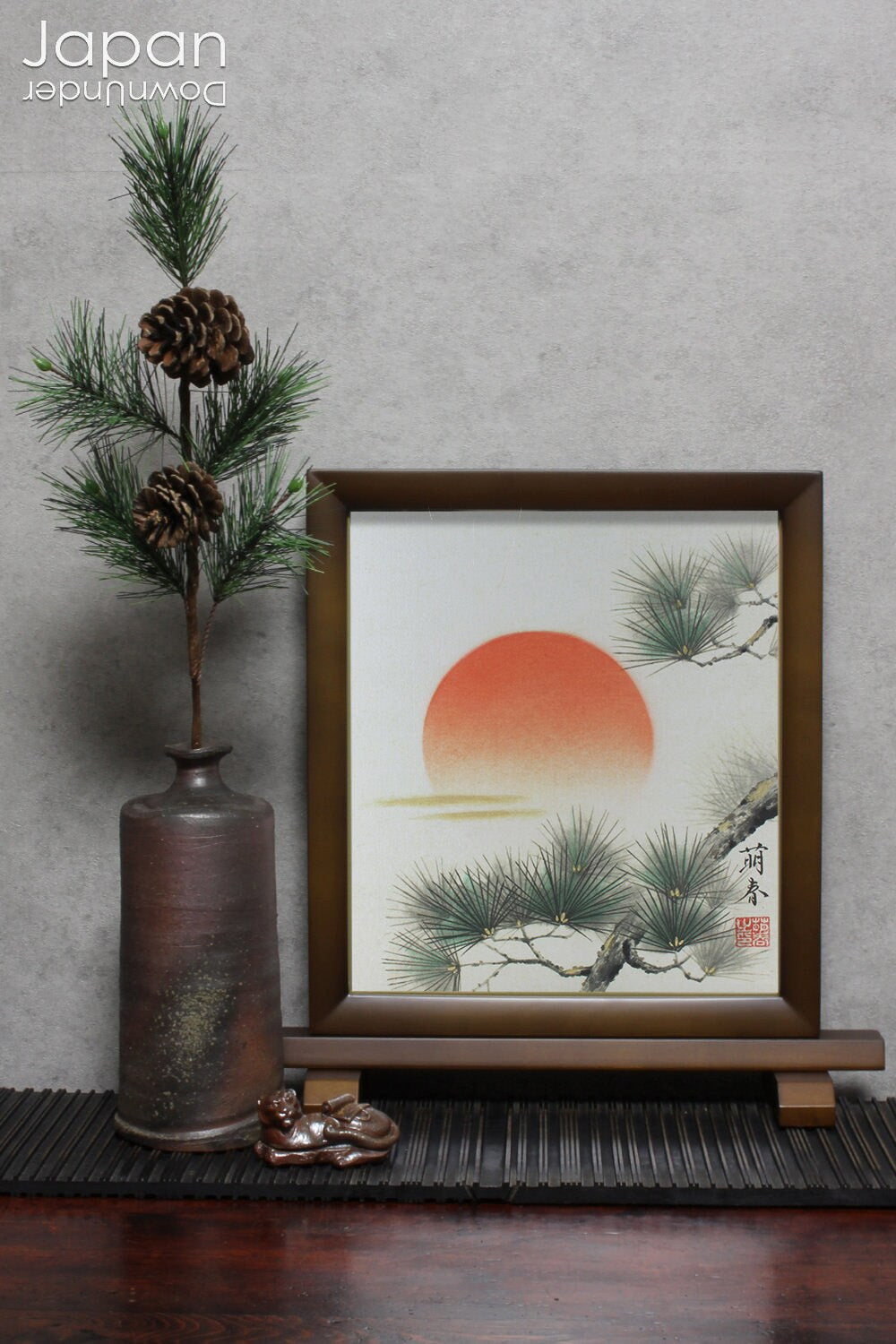JapanDownUnder
vintage japanese bizen vase - minimalistic rustic charm
vintage japanese bizen vase - minimalistic rustic charm
Couldn't load pickup availability
Love Japanese Style Like We Do
Introduce a quiet, soulful beauty to your home with this vintage Bizen ware hanaire - a flower vase steeped in centuries of Japanese artistry and tradition. More than just a decorative object, this piece carries the spirit of wabi-sabi: the beauty of simplicity, imperfection, and transience.
Handcrafted in classic Bizen style, this vase showcases the raw, unglazed clay and natural firing marks that make Bizen pottery so revered. Originating from one of Japan’s Six Ancient Kilns, Bizen ware has been treasured for its earthy textures, rich patina, and exceptional durability since the 12th century.
This medium-sized, bottle-shaped vase features a beautifully rustic surface, with subtle color variations created by wood ash and flame during its journey through the climbing kiln. A softly fluted rim and a single, incised line around the base add a touch of refined detail to its otherwise organic form. The warm, natural tones blend effortlessly with a variety of interiors and floral arrangements, making it both a functional vessel and an artful statement.
Created by skilled ceramic artist Norisuke Sato, the vase bears his signature on the base and comes housed in its original, signed wooden kiribako storage box. It remains in excellent vintage condition, with no chips or cracks - ready to bring a quiet presence and timeless charm to your space.
In the traditional Japanese tea room, vases like this are often displayed in the tokonoma alcove, accompanied by a hanging scroll and a seasonal ornament. Pair it with one of our hand-painted shikishi watercolors and a small accent piece for an evocative Japanese-inspired vignette in your home.
- vase measures 21 cm (8.2”) tall x 9 cm (3.5”) in diameter at widest point.
- box measures 24.5 cm (9.6”) x 12 cm (4.7”) x 12 cm (4.7”).
- weighs 1100 gm.
(listing for boxed vase only)
SHIPPING INFORMATION
- please read our shipping notes in shipping policy.
- we use recycle packaging and wrap for safety, rather than appearance.
ABOUT OUR VINTAGE, ANTIQUE AND OTHER ITEMS
We list pieces we feel are worthy of display. There may be scratches, dents, fading and signs of wear and tear. We try to explain the condition of each item exactly, but may miss something.
Information regarding the item and it’s age is obtained from dealers and our personal research. We do our best to give you the correct information but please be aware that we cannot guarantee this information.
Please message us prior to purchase with any questions you may have about our products.
FLOWER VASES IN TEA CEREMONY
Beautiful vases, have always played an essential part in Japanese style. In the tea ceremony culture, flower vases, themselves were initially the main point of admiration, but after the Momoyama Era (1583-1600 CE) it became the practice to admire both the vase and it’s flowers together.
In tea, it is said, flowers provide a sense of life-force as they bloom with beautiful innocence, metaphorically reminding us of the Buddhist concept of ‘mushin’ or ‘no-mind’. Flowers stimulate our capacity for gentleness and serenity.
HANAIRE
Flowers, together with their containers, are an important part of the decorations for the tea ceremony. The flowers arranged in the simple "thrown-in" manner suitable for tea ceremony are called chabana and the containers for them are called hanaire. There are bronze, ceramic, bamboo and basket hanaire.
Bamboo hanaire (take-hanaire) appeared with the development of wabi-cha, as did Japanese ceramic hanaire such as Bizen ware and Shigaraki ware. The hanaire were unsophisticated with an emphasis on quiet simplicity (wabi). They are placed directly on the floor of the tokonoma or on a wooden stand or slab.
Basket hanaire (kago-hanaire) are used in warmer seasons when the chabana consists of an assortment of seasonal grassy flowers.
Some chabana may be hung on the back wall of the tokonoma, or on it’s main front pillar (tokobashira). These hanaire have a ring attached to the back for suspending from a hook. There are also metal and bamboo hanaire designed to be hung by a chain from a hook in the ceiling of the tokonoma. These are called tsuri-hanaire, and if they are boat shaped they are referred to as tsuribune (suspended boat).
BIZEN WARE
Bizen pottery is one of the most famous types of Japanese pottery with a history that stretches back over a 1000 years. Bizen pottery doesn’t use ornate coloring or painting it uses only the natural patterns created by the clay and the firing technique. Because of this the shape and character of each piece is different making every Bizen ceramic unique.
Bizen is named after the village of Imbe, Bizen in Okayama prefecture. Bizen is one of the Six Ancient Kilns in Japan. It experienced its peak during the Momoyama period of the 16th century. During the Edo period, the Ikeda lords of Okayama continued to support the kilns and gave special privileges to families who operated them. The rustic quality of Bizen made it popular for use in Japanese tea ceremony. After modernization began during the Meiji era in the 19th century, Bizen almost disappeared along with many other traditional crafts. It experienced a revival in the 1930's and in 1982 was designated a traditional Japanese craft by the government.
It is made using either a mixture of two kinds of clays with different densities, or rough clay that has a rich, deep, reddish brown color. Pottery pieces are placed in a climbing kiln (noborigama) and pine wood is used as fuel. Climbing kilns are set up on hillside terraces in a step-like manner. The position of the pottery inside the kiln changes the firing conditions, so that nobody can predict how each piece will turn out!
Some artists like their kiln temperature at 600 degrees celsius, while others prefer more than 1,200 degrees. Some of the pieces end up destroyed inside the kiln after burning for more than 7 days. On the other hand some can turn out to be masterpieces! Because of it’s color and simplicity Bizen ware is so versatile and easy to use.
Share









